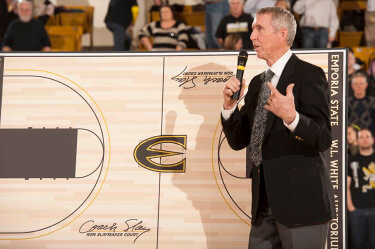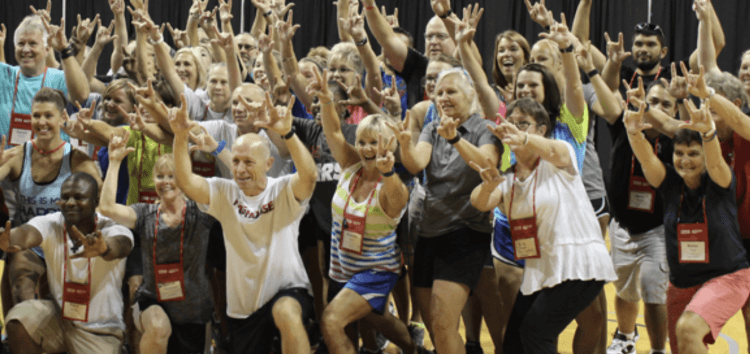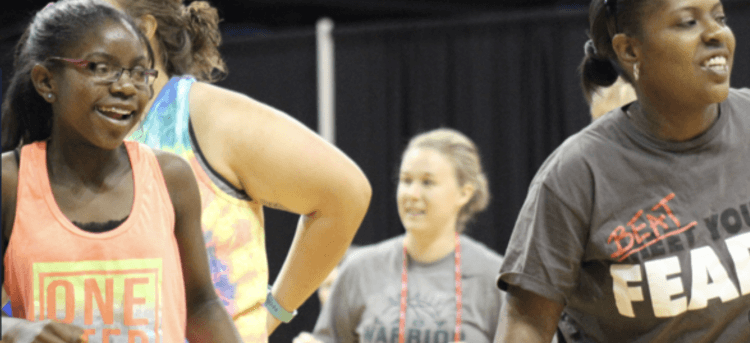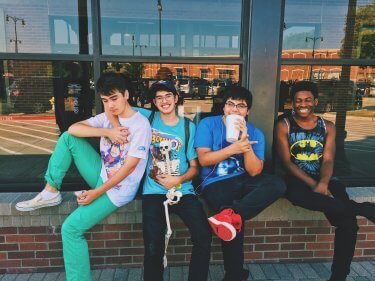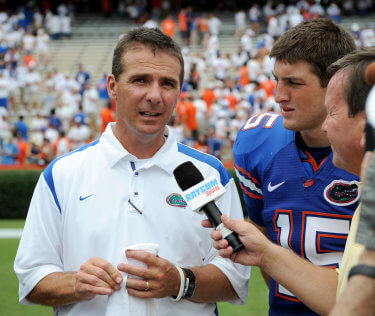Teaching and coaching are among the most rewarding yet challenging professions. Teachers must create instructional environments that motivate learning and develop student skills. Doing this successfully, demands dedication and lots of time spent planning, mentoring, and assessing. Frequently, the more time teachers devote to these tasks the better the learning and performance outcomes. But without proper work-life harmony, both teachers and coaches risk burnout (Altfeld, Mallett, & Kellmann, 2015).
Interestingly, those who enjoy longevity in teaching and coaching seem to find a reasonable work-life balance (Raedeke & Kentta, 2013). While longevity in any profession doesn’t necessarily confirm effectiveness, it does hint at some level of insight and knowledge. So, when seeking tips and strategies to improve balance and reduce stress, it makes sense to listen to advice from experienced colleagues. What follows is an account of two life-long teachers who continue to inspire others with their energy, passion and commitment to young people.
Ron Slaymaker
In the state of Kanas, Ron Slaymaker (i.e. Coach Slay) is a familiar name in education and the sport of basketball. Coach Slay is probably best known for his time as the Head Men’s Basketball Coach at Emporia State University (ESU), where in over 28 seasons he amassed 465 wins, received NAIA national coach of the year honors in 1986, and was a 6-time NAIA District 10 Coach of the year (Larsen, 2013). Coach Slay is a member of (4) different hall of fames and the basketball court at ESU is named in his honor.
